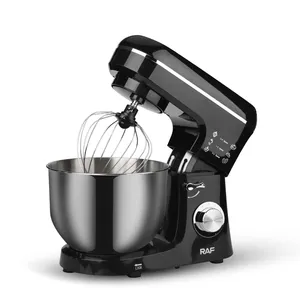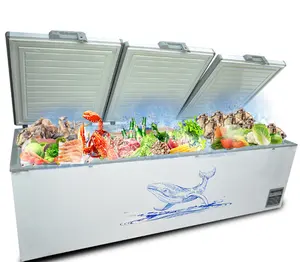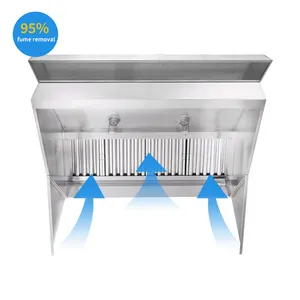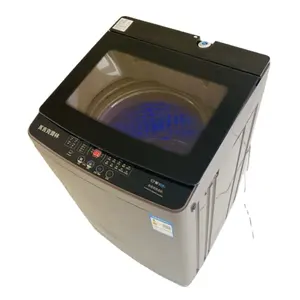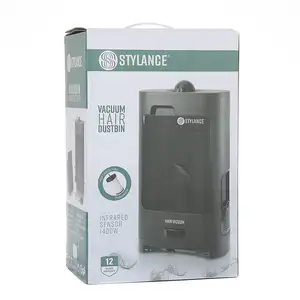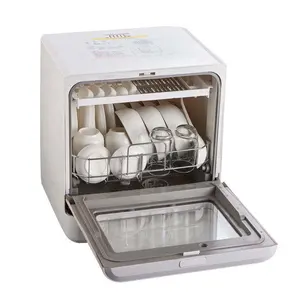Popular in your industry



































































Related Searches:















































































 Ready to Ship
Ready to Ship















































Top categories
About discharge water heater
A discharge water heater is a type of water heater that utilizes a discharge valve to manage pressure and temperature in the water-heating process. When water is heated, it expands, leading to an increase in pressure. If the pressure exceeds safe levels, the discharge valve, also known as the TPR (temperature-pressure relief) valve, opens to release excess pressure and prevent potential hazards. The discharging process ensures the safety and proper functioning of the water heater.
How does a discharge water heater work?
The discharge water heater operates through the integrated discharge valve, typically located on the top or side of the tank. This valve is connected to a discharge pipe that leads to a safe location for the released water. The hot water heater relief valve discharge process is activated when the temperature or pressure in the tank surpasses the preset limits. The TPR valve is designed with a spring-loaded mechanism and a temperature-sensitive element. When the pressure or temperature becomes excessive, the element expands, triggering the valve to open and release water.
Once the valve is open, the heated water flows through the discharge pipe, usually leading to the floor or a drain. This discharge mechanism helps to reduce the pressure in the tank, preventing potential overheating and explosions. The process continues until the temperature or pressure decreases to safe levels. It is essential to ensure the discharge pipe is unobstructed to allow the released water to flow freely to the designated location and prevent water damage in case of a water heater discharge.
After the discharge water heater has been activated, it is crucial to investigate the cause of the excessive pressure or temperature. Common issues leading to such situations include a faulty thermostat, sediment buildup in the tank, or a malfunctioning heating element. Addressing these underlying problems helps maintain the efficient and safe operation of the water heater.
Types of discharge water heaters
Discharge water heaters are available in various types, each catering to specific needs. Tankless water heaters, also known as on-demand water heaters, heat water directly without the use of a storage tank. This design eliminates the need for a TPR valve and discharge pipe. However, some tankless systems may have built-in safety mechanisms to release pressure if necessary. Conventional storage water heaters, the most common type, include a tank to store heated water. These tank-style water heaters necessitate a TPR valve and discharge pipe to manage pressure and temperature. Tankless coil and indirect water heaters integrate with home heating systems to heat water. These systems require compliance with safety regulations and the installation of the discharge valve on water heater.
